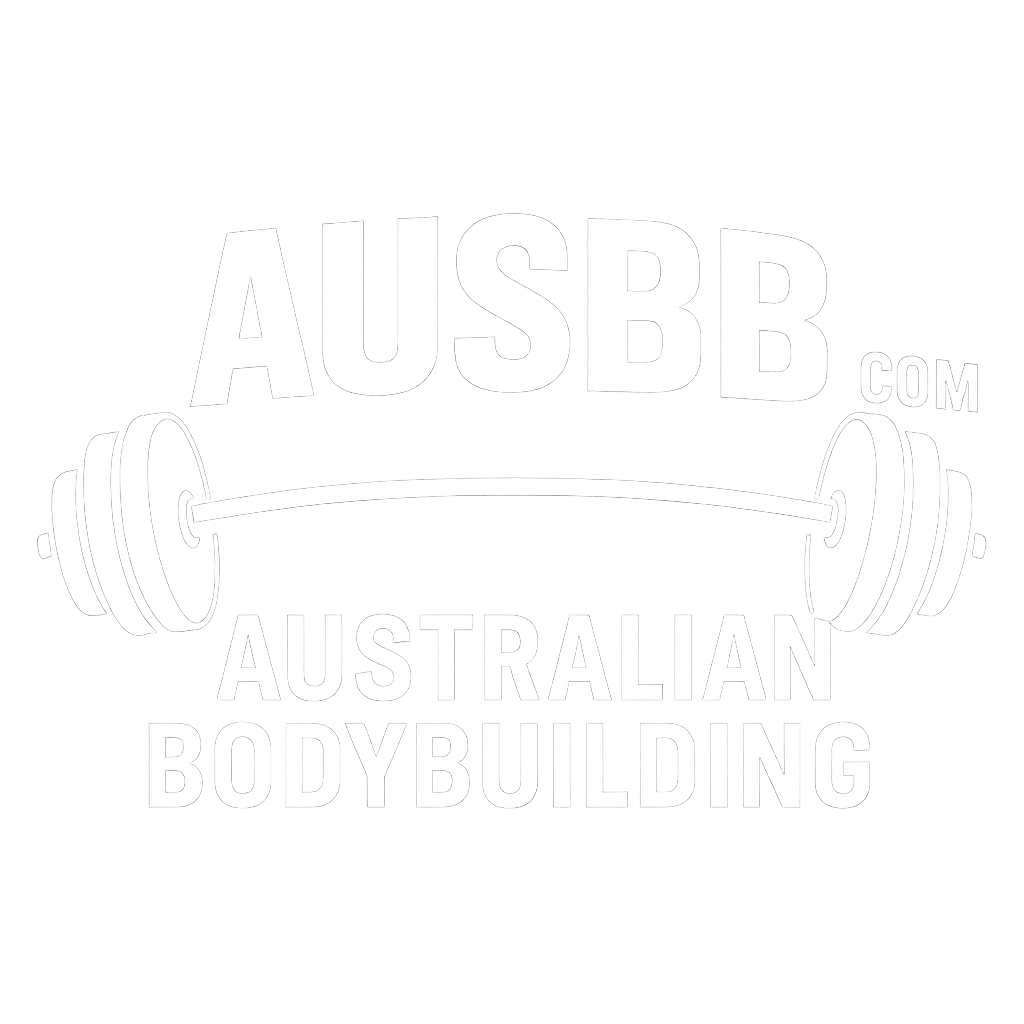0ni
Registered Rustler
I just got 5-3-1 and it backs up something Oni said a while ago - don't bother with chains and bands on bench unless you're using powerlifting gear. The strength curve for benching with gear is easy at the bottom, hard at the top, and the reverse for raw benching. Improving the top portion of your lift doesn't help raw lifters very much at all.
I believe now that assistance works really well when you're hitting something that didn't get enough work during the main movement. e.g.:
Bench - most people weak at the bottom. Pecs/shoulders fail first. Triceps not trained to exhaustion. Therefore train triceps afterwarrds to hit them adequately.
Chins - I fail at the top / 1/2 way when my biceps come into play. Biceps fail before much stronger lats. Therefore train lats with rows after chins.
Doing both these things has helped my strength, I think.
I don't follow 5/3/1 by the way, I ordered it months and months ago and have been told since not to follow it as I'm a beginner. It's still a good read though.
Yep... this is the main reason I think close grip bench is so good for the raw bencher. It's not the fact that it "trains the triceps", more that bringing the grip in means that your elbows are lower when the bar hits your chest - it's essentially the bench equivalent of deep squatting and deficit deadlifts. Just my opinion but I'm pretty confident that some popular guy is going to start talking about how strength of the bottom is the most important part before long and put this weak point shit to rest... unless you radically change your form you will always fail in exactly the same position
So good assistance by my opinion for the three lifts:
Bench - paused close grip bench and triceps hypertrophy work
Squat - squats paused in the hole and hamstring hypertrophy work
Deadlift - deficit sumo pulls and rhomboid hypertrophy work
People won't pay attention though, it's not fancy enough and too simple lol
Last edited:
